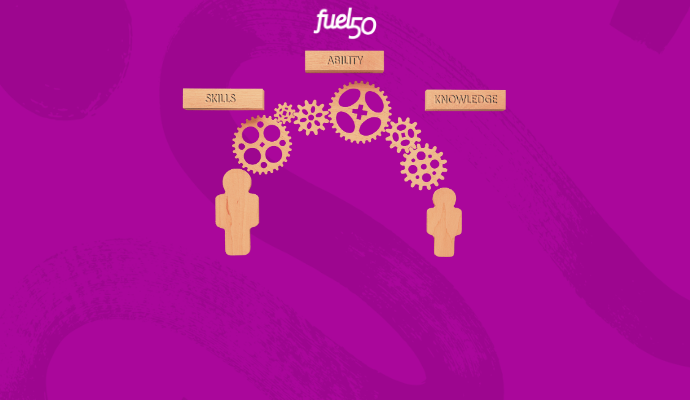Article written by Anne Fulton, originally published on Training Magazine Network.
In today’s uncertain economic climate, it’s vital for companies to retain and engage their most talented workers in order to anticipate market shifts and spot new opportunities. In such circumstances, a well-curated benefits package can be a major asset, both by providing services that support employees through stressful times and as a tool to let them know they are valued.
Surveys repeatedly have shown that today’s employees, particularly Millennials, want to work for companies that share their ethos. Your company’s benefit choices, and how you communicate them to employees, can help reinforce positive corporate values, such as equality, transparency, inclusion, and social responsibility. A well-chosen benefits package translates into a stronger culture and more loyal employees.
When creating a benefits portfolio, there are two key concepts to keep in mind: personalization and engagement.
Personalization: Increasingly, companies are replacing one-size-fits-all packages with a portfolio of options addressing issues that affect employees at different life stages. Millennial and Generation Z employees, in particular, value flexibility to tailor programs and services to their individual circumstances.
Engagement: It’s not enough to simply offer plenty of options—those choices also have to be the right ones for your workforce. If you’re not sure what those are, ask. Brief employee surveys can provide guidance, and they signal to workers that they are part of the process. Once a new offering is launched, it’s important to track usage and costs and pay close attention to any potential barriers preventing employees from taking advantage of their benefits. The modern workforce is a digital one, and employees want to access their benefits as easily as they order from Amazon.
As the benefits landscape evolves to meet the expectations of a changing workforce, here are five areas to watch.
1. Expanding Health and Wellness Options
Health insurance remains the top priority for most job seekers, and it is the biggest benefits investment for employers. Companies are moving beyond the basics of medical, dental, and vision plans to add mental and emotional health benefits. Between 2016 and 2019, the number of companies offering telemedicine benefits tripled, according to the Society of Human Relations Management (SHRM). The COVID-19 lockdowns sparked a surge of interest in telemedicine, so expect that number to continue rising.
2. Flexible Schedules
Remote work continues to be a valued perk, particularly for mid-career workers and suburban commuters. In 2019, almost 70 percent of companies allowed employees to work from home at least some of the week and 27 percent offered full-time remote work, according to SHRM. It remains to be seen whether enforced home working during the pandemic will dampen interest in it over the short term, but the long-term trend toward flexible working is clear.
More radically, the four-day work week also has received some buzz, especially after Microsoft Japan found it boosted productivity by 40 percent. While most companies might not be ready for that switch, expect more to use ideas such as summer Fridays to keep up morale and spark productivity.
3. Broader Reach for Family Benefits
A pivotal moment in the expansion of paid time off came in 2015, when Netflix began providing a full year of paid parental leave. Since then, the number of companies offering at least some paid parental leave has almost doubled, to reach 40 percent in 2019. In one survey, 30 percent of workers said parental leave was an essential benefit, so companies will continue to feel pressure to provide it. Beyond more generous paid leave for parents, companies could continue to add benefits that support employees managing a range of family circumstances, such as serious or chronic illness, adoption, and eldercare.
4. Easing Financial Stress
Most Americans experience financial stress at some point in their working lives. To lessen the burden, more than half of companies offered some kind of financial wellness program in 2019, according to a report from Bank of America. That’s twice as many as four years previously. With student debt levels at a record high, expect more companies to consider providing student loan repayment assistance. Debt-consolidation counseling and expanded financial coaching options are also hot growth areas.
5. Personalized Career Development
Approximately 86 percent of employees think they have skills and talents their companies aren’t using, according to research conducted by Fuel50. That can create frustration that causes talented employees to move on. Taking advantage of career-development technology that helps employees set career goals and track their progress shows your company is committed to its workers, and makes the path to promotion more transparent. The result: Employees have a good reason to stick around.
Democratizing Talent Development: The Future of Work is Now
Talent development is nuanced, with career engagers, motivators, individual values, and skill gaps of each employee determining potential career opportunities. So how can it be scaled for an entire workforce?






